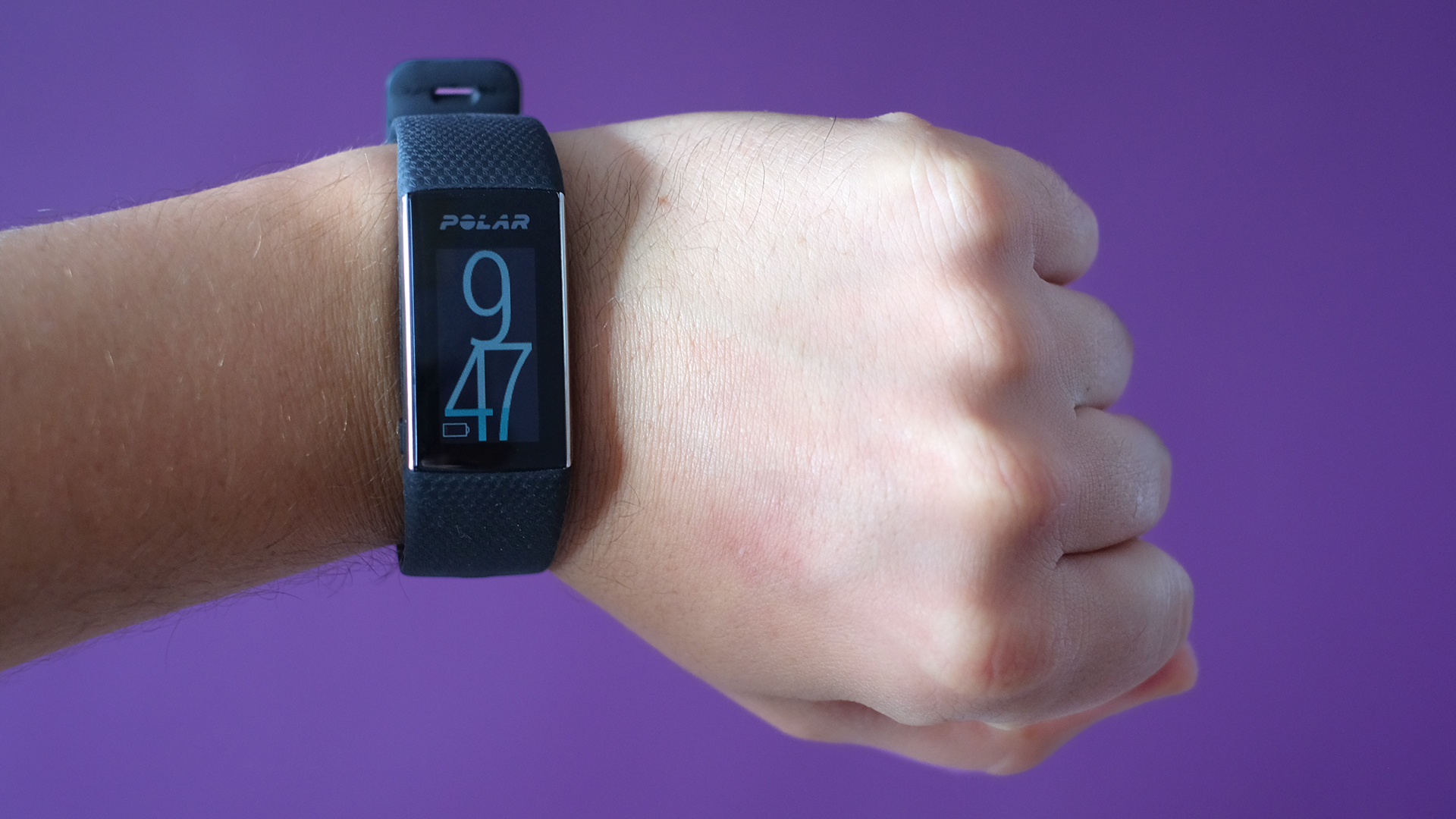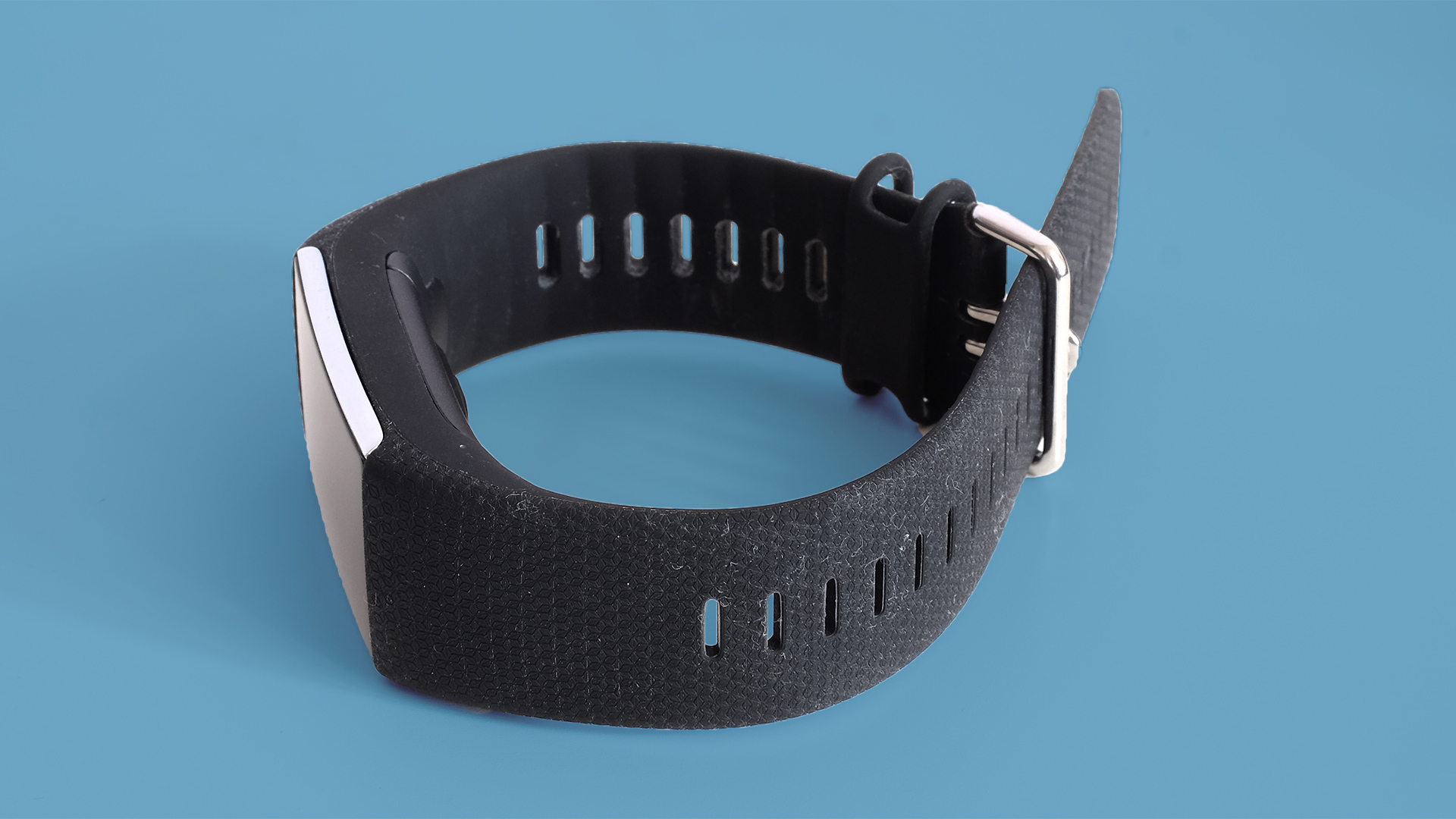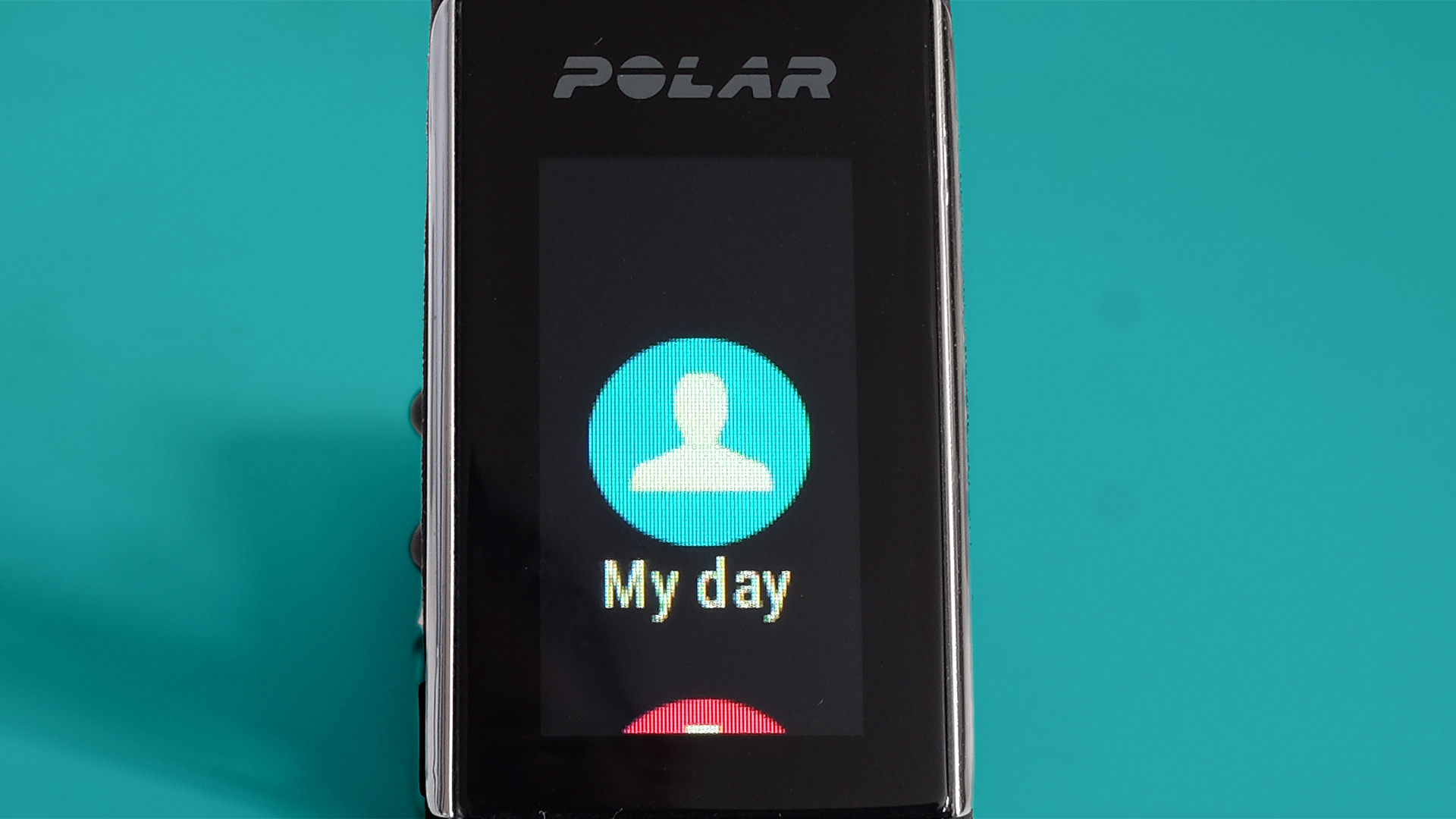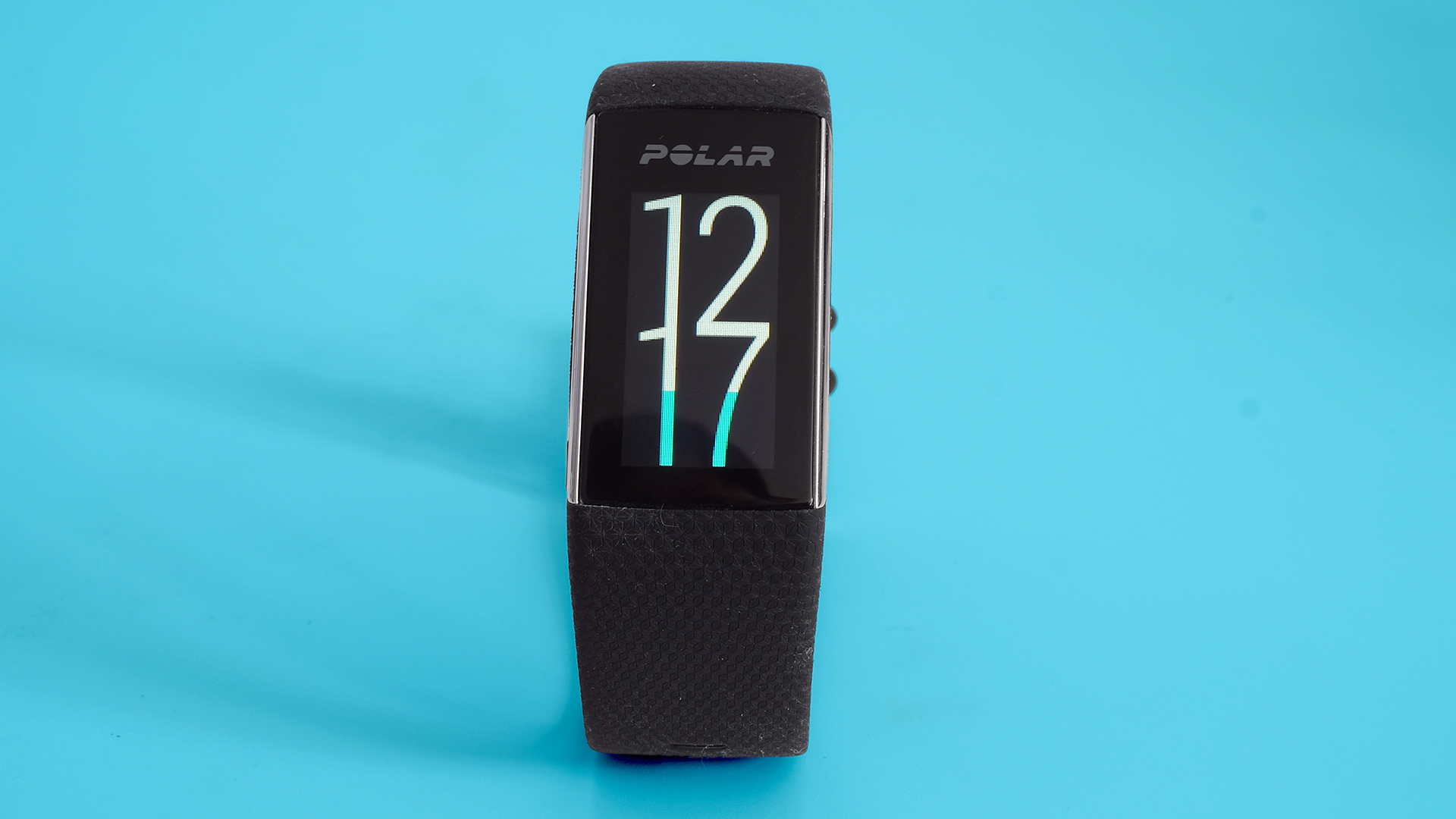TechRadar Verdict
A smarter-than-average fitness tracker that can GPS track your runs and walks with the help of a phone. Battery life is relatively poor, though, and it’s bulkier than much of the competition.
Pros
- +
Phone notifications
- +
Can GPS track runs with the help of a phone
- +
All-day HR tracking
Cons
- -
Only 2-day battery life with all features switched on
- -
Chunkier than the competition
- -
GPS not in-band
Why you can trust TechRadar
Polar is a company known, historically, for making heart rate sensors and hardcore GPS tracking watches - but its new fitness tracker, the Polar A370, is far more mainstream.
It can track your exercise (with the help of a phone), tries out some smartwatch features with notifications, and will monitor your heart rate whether you’re sat in an office or running in the gym.
Compared to the old Polar A360, you now get the addition of GPS tracking of runs (through your phone, not on the band) and 24/7 heart rate sensing.
However, use these extras and the Polar A370 doesn’t last very long between charges. And for more basic activity tracking it doesn’t give you as immediate a fix as the Fitbit Alta HR.
It’s got the right bits, but it’s also quite expensive at $179.95/£169.50/AU$299, and with tough competition at the price is it worth your money?
Design and comfort
- Smart but relatively large and chunky design
- Watch-like rubber strap
The Polar A370 looks almost exactly like the Polar A360, its predecessor. In pictures, it also appears similar to something like the Garmin Vivosmart 3 or Fitbit Alta. However, it’s actually much larger.
The width of the band and the length it extends either side of your wrist are significantly longer than the Vivosmart 3’s. Its silver-on-black look may appeal, but next to some of the competition it’s a little ungainly.
Like most bands, the Polar A370 has a rubbery strap and a plastic module in the middle.

It’s a curious middle ground between a simple fitness band style and that of a proper runner’s watch like the TomTom Runner 3. Unfortunately, the effect is that of an earlier-generation wearable.
The Polar A370 is also not the most comfortable band around. For exercise, you need to do up the watch-like strap fairly tight in order to get a good heart rate reading, but as such it tends to leave some pretty serious indents in your skin thanks to the strap’s contouring. At times it also gets a bit itchy by the buckle.
As with any observation of this sort, your body may react differently, and these quibbles are relatively minor. Worn a little looser the Polar A370 feels fine. The Fitbit and Garmin bands certainly win in the comfort stakes, though.

Screen
- Low-res display with classic unsightly LCD pixelation
- Good outdoor visibility but not always-on
- Nice touch-friendly glass surface
One of the slightly unusual elements of the Polar A370 is that it has a glass display covering, just like a phone. There’s no mention of any brand-name toughening, like Gorilla Glass, but this should make it take on scratches less readily than plastic.
Glass also improves the touchscreen feel, and the touch display is the main way you operate the Polar A370. It feels much like a smartwatch display, and the software is also more responsive than a lot of fitness trackers. It may not move as fast as your fingers can flick, but it’s smooth and fairly quick.
The display is also set to turn off when dangling by your side, which may irk some, but you can alter this to be always-on (although it'll come at the battery price).
Other elements of the Polar A370 display aren’t so impressive. Virtually all fitness trackers have either no screen at all or a small, low-resolution one.
Most of the time it’s not an issue, but this band has a slightly different issue that makes it less attractive to read.

It’s a color LCD of 80 x 160 resolution. The problem is not that you can see pixelation, but that you can see between the pixels, with a little border of black around the RGB sub pixels that make each visible ‘dot’.
In a $180/£170/AU$300 device, it’s a cheap look. As this is an LCD, with a backlight rather than individually lit pixels, the display doesn’t meld into the surround either.
It’s not a pretty screen even if it is much more colorful than most, but in pure practical terms it’s fine.
It has the brightness to deal with very bright days without becoming all-but invisible and the backlight automatically adjusts to ambient light conditions - so in terms of raw usability, the Polar works well there.
However, in terms of the way it looks there's just a feeling that - especially for the price - this could be better.
Andrew is a freelance journalist and has been writing and editing for some of the UK's top tech and lifestyle publications including TrustedReviews, Stuff, T3, TechRadar, Lifehacker and others.

